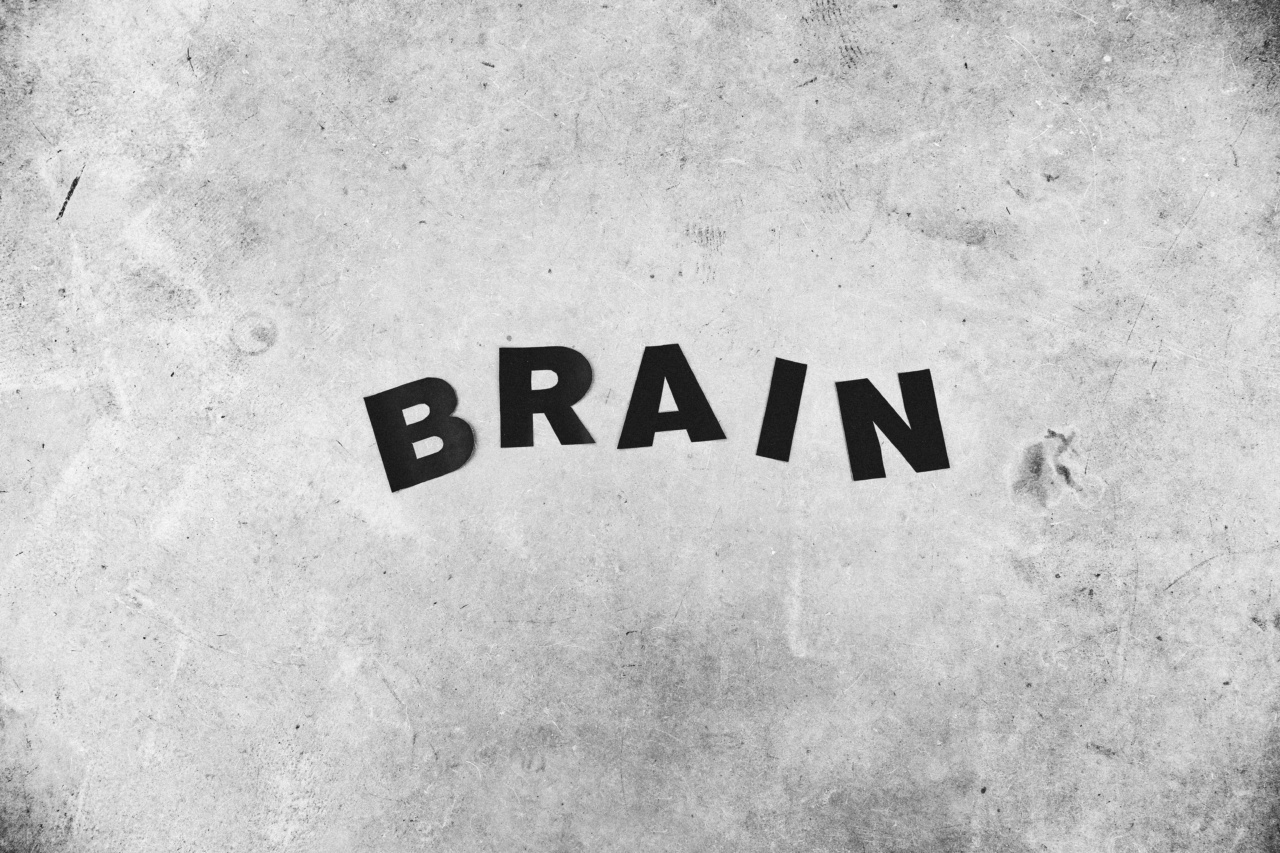Memory retention is the ability to remember and recall information. It is crucial in our daily lives- at home, school, work, and socially.
Having a good memory helps in effective learning, decision making and improves communication, which can help build strong and healthy relationships. There are many ways to improve memory retention, but in this article, we will cover four powerful techniques to help boost your memory retention.
1. Mnemonic Devices
Mnemonic devices are memory aids that help to retain and recall information using patterns, associations, or acronyms. They can be a word, sentence, poem or image that helps you to associate the information with something you already know or understand.
Mnemonic devices help in transferring short-term memory into long-term memory.
For instance, to remember the colors of the rainbow which are; Red, Orange, Yellow, Green, Blue, Indigo, and Violet, you can use the acronym ROYGBIV, which makes it easy to remember the colors. Other examples of mnemonic devices include:.
- The acronym HOMES to remember the names of the Great Lakes (Huron, Ontario, Michigan, Erie, and Superior).
- Remembering the strings of a guitar – Eddie Ate Dynamite, Good Bye Eddie (for the guitar strings; E, A, D, G, B, and E).
- Using the word BRASS to remember the steps needed to put out a fire; Break the window, Remove obstacles, Activate alarm, Send for help, and Spray the fire with the extinguisher.
2. Visualization
Visualization is an effective technique of creating mental images of an idea, image, or memory. This approach helps to associate the information with visual images that are easy to remember.
Visualization works by activating different parts of the brain that enhance memory retention.
For example, when learning new vocabulary words, you can create visual images that connect the new word to something you already understand or know.
As you visualize the image, remember to use all of your senses- sight, smell, touch, taste, and sound- to make it as realistic as possible. This brings the scene to life, making it easier for you to remember.
3. Repetition
Repetition is a powerful tool that helps transfer short-term memory into long-term memory. The more times you repeat the information, the more it sticks in your memory.
Repetition works by strengthening the neural connections between neurons, making it easy to recall the information when you need it.
You can use repetition by rehearsing the information repeatedly in your mind or by writing it down repeatedly. When rehearsing the information, repeat it out loud, and try to make sense of the information.
This will help you retain and recall the information faster.
4. Chunking
Chunking is the process of breaking down larger or complex information into smaller, more manageable pieces or chunks. Chunking helps to make the information more accessible, easier to retain and recall.
It works by reducing the load on our working memory, making it easier to remember information.
For instance, when trying to remember a long number sequence, say 674198567, you can break it down into smaller chunks 67-41-98-56-7. This makes it easier to remember the sequence rather than trying to remember nine individual digits.
Conclusion
Boosting memory retention doesn’t have to be difficult. The techniques we’ve covered in this article – Mnemonic devices, Visualization, Repetition, and Chunking- can help improve your memory retention.
With regular exercise, these techniques can help you improve your daily life, including boost academic success, improve work productivity and even enhance social interactions.




























